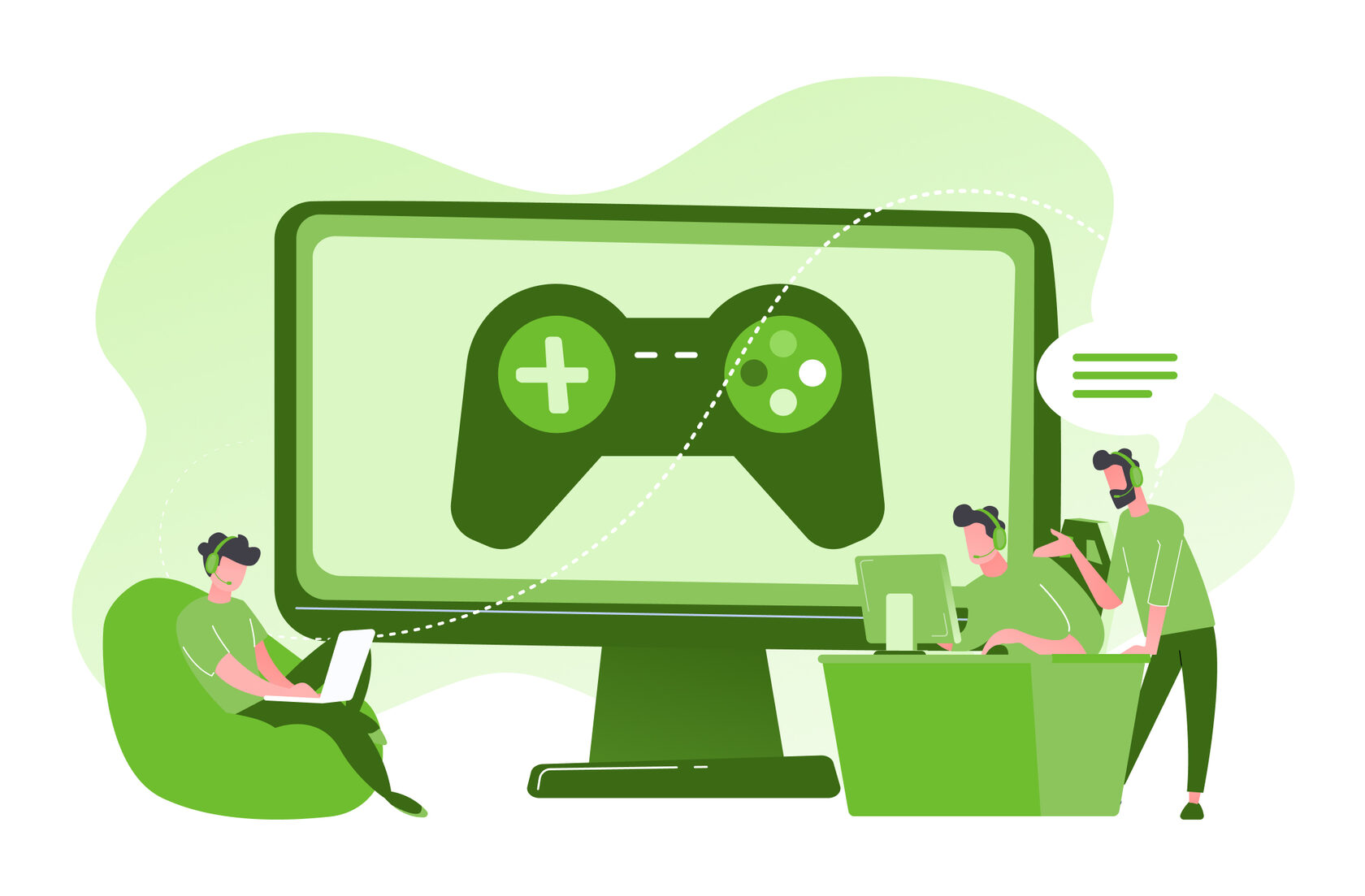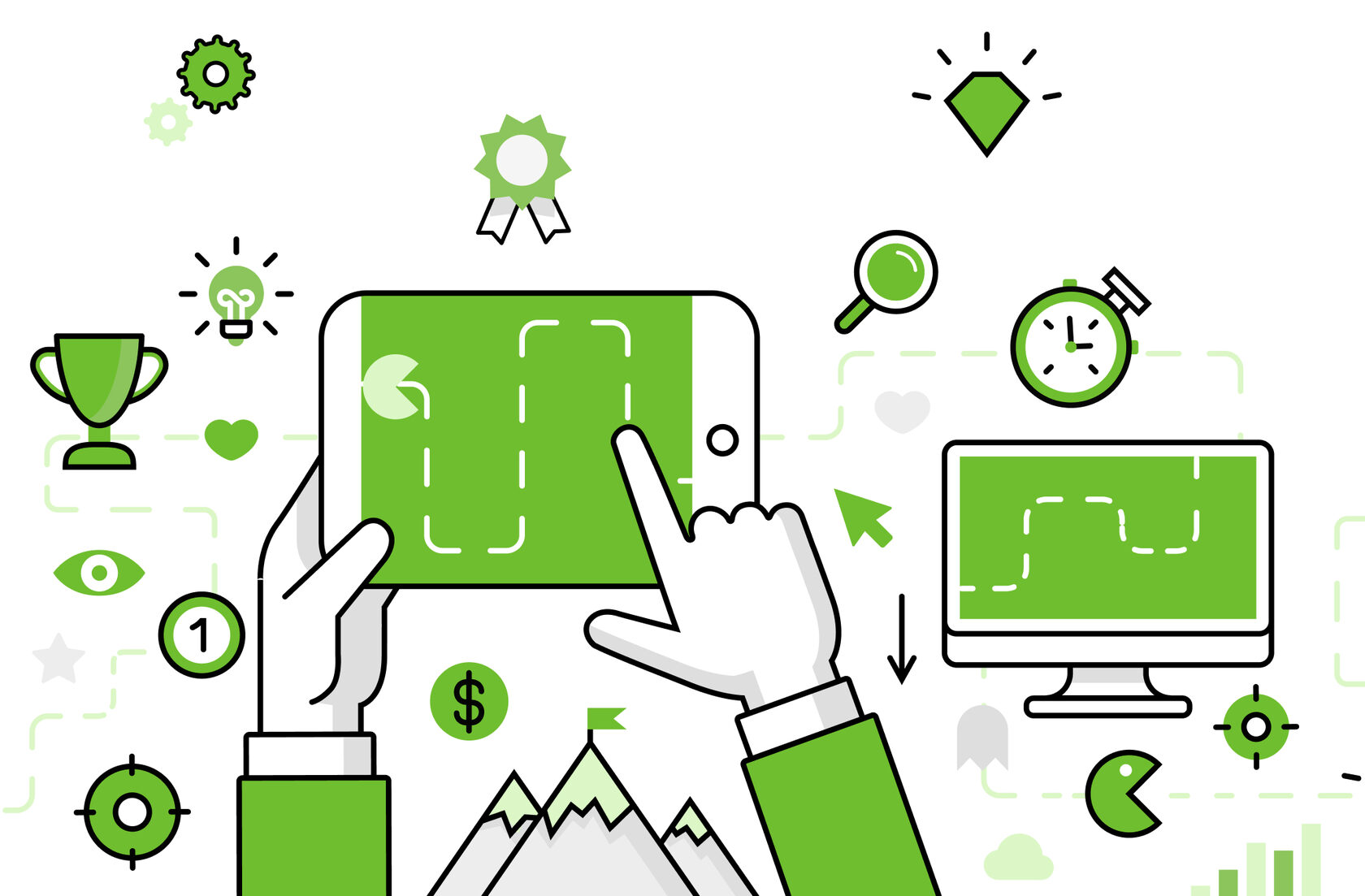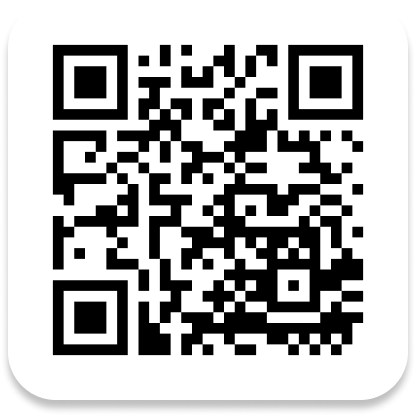Want to add a unique touch to your loyalty programs to improve your customer interactions? Learn how to use gamification elements to improve your loyalty programs from this guide.
Everyone loves to play games, so why not use this when creating your loyalty program? The goal of applying gamification elements is to increase user engagement, happiness, and loyalty. Gamified loyalty programs are designed to tap into people's natural desire for competition, achievement, and companionship. Early gamification strategies utilized rewards such as points, badges, or virtual currency. While these elements are still present today, there are many more sophisticated gamification methods. Let's take a look at a few examples.
Everyone loves to play games, so why not use this when creating your loyalty program? The goal of applying gamification elements is to increase user engagement, happiness, and loyalty. Gamified loyalty programs are designed to tap into people's natural desire for competition, achievement, and companionship. Early gamification strategies utilized rewards such as points, badges, or virtual currency. While these elements are still present today, there are many more sophisticated gamification methods. Let's take a look at a few examples.
How can gamification positively impact both your business and your customers?
Just in case you're wondering if you should consider a gamified loyalty program, check out the following market forecast, which states that the global gamification market will reach $40 billion by 2024. Crazy, isn't it? By adding gamification elements, you will be able to engage your customers through various actions, attracting them beyond the purchase cycle as well, thereby increasing their value.
It will also help you to:
· Encourage customers to repeat actions and instill habits
· Stimulate interactions that will strengthen your brand
· Maximize customer engagement
· Engage customers beyond transactions
· Stimulate friendly competition among your customers
· Collect useful data about customers and their preferences
· Encourage customers to repeat actions and instill habits
· Stimulate interactions that will strengthen your brand
· Maximize customer engagement
· Engage customers beyond transactions
· Stimulate friendly competition among your customers
· Collect useful data about customers and their preferences
However, keep in mind that like everything, gamification has its drawbacks. You have to be careful not to make it too complex. Otherwise, it will require extra communication efforts on your part. You also need to update the program regularly so that customers don't get bored with the program.
Areas where gamification elements will come in handy
There are countless ways to implement gamification into your loyalty program. The limit can only be your imagination. Let's take a look at a couple of areas where gamification can help improve your loyalty program.
1. Engage your customers through social media
Engage with your customers by offering them points for posting on social media and subscribing to your brand. You can organize a "take a photo" contest on Instagram and reward participants with an attractive prize to get more user-generated content. Utilize the power of word of mouth by using Influencers. Content coming from them and other customers is considered more credible.
2. Create a loyal community of like-minded customers
Create a loyal community of customers with similar preferences and interests by creating contests and challenges for them or implementing a leaderboard to match their competitive spirit. Offer collectible badges for completing a series of actions. Create a VIP club where the privileged receive valuable benefits and experience a special sense of belonging.
LuisaViaRoma, an Italian luxury fashion retailer, has created a limited-access club called the Sneakers Club, where the reward is access to high-quality sneakers. Members who pay a membership fee of 2,000 points get early access to discounts on the most popular sneakers. LuisaViaRoma also benefited from real publicity due to people discussing how to access Sneakers Club on social media.
3. Engage the brand through preferences
Give shoppers the opportunity to leave reviews of your products so that other shoppers feel more confident about buying them. Incentivize customers to write product reviews by offering them a reward in return. You can also ask them to decide which products are closest to them by voting and rating them. This way, you will be more aware of their preferences. Encourage customers to read your blog posts, visit landing pages and watch your videos.
4. Rewarding everyday activities
Reward your customers for activities they do in their daily lives, things they enjoy and would do anyway, such as exercising. You can also support sustainable behaviors such as recycling, returning clothing, tracking product wear and tear with smart chips, or incentivizing with your store's wish list feature.
The Nike Run Club app is more than just a run tracking app. It provides users with tips and inspiration, workout plans to reach their goals, and customized distance challenges. The app also rewards elite athletes, continually motivates friends and gives them challenges to compare results and score points.
1. Engage your customers through social media
Engage with your customers by offering them points for posting on social media and subscribing to your brand. You can organize a "take a photo" contest on Instagram and reward participants with an attractive prize to get more user-generated content. Utilize the power of word of mouth by using Influencers. Content coming from them and other customers is considered more credible.
2. Create a loyal community of like-minded customers
Create a loyal community of customers with similar preferences and interests by creating contests and challenges for them or implementing a leaderboard to match their competitive spirit. Offer collectible badges for completing a series of actions. Create a VIP club where the privileged receive valuable benefits and experience a special sense of belonging.
LuisaViaRoma, an Italian luxury fashion retailer, has created a limited-access club called the Sneakers Club, where the reward is access to high-quality sneakers. Members who pay a membership fee of 2,000 points get early access to discounts on the most popular sneakers. LuisaViaRoma also benefited from real publicity due to people discussing how to access Sneakers Club on social media.
3. Engage the brand through preferences
Give shoppers the opportunity to leave reviews of your products so that other shoppers feel more confident about buying them. Incentivize customers to write product reviews by offering them a reward in return. You can also ask them to decide which products are closest to them by voting and rating them. This way, you will be more aware of their preferences. Encourage customers to read your blog posts, visit landing pages and watch your videos.
4. Rewarding everyday activities
Reward your customers for activities they do in their daily lives, things they enjoy and would do anyway, such as exercising. You can also support sustainable behaviors such as recycling, returning clothing, tracking product wear and tear with smart chips, or incentivizing with your store's wish list feature.
The Nike Run Club app is more than just a run tracking app. It provides users with tips and inspiration, workout plans to reach their goals, and customized distance challenges. The app also rewards elite athletes, continually motivates friends and gives them challenges to compare results and score points.

Gamification features for loyalty programs
Here are a few features that will make your loyalty program stand out:
1. Challenges and badges
These provide customers with a gamified incentive to frequently log into their profile, sign up for your newsletter, and perform other activities. Badges are defined as visual representations of achievements. They show how customers have done. By offering tasks and badges, encourage customers to continue interacting with your brand.
2. Gaming profiling
Learn about your customers' product preferences, likes, interests, and more through quizzes and surveys. Show them a carefully selected set of photos and ask them which one they like the most. Profiling in a playful way will become more fun. In addition, the data collected in this way can be used for better personalization and targeting.
3. Lead Charts
Motivate your customers to interact with your program more often by implementing a leaderboard. Track and compare their progress by points earned. Leaderboards are a great way to encourage healthy competition among your customers. They also allow you to identify your most loyal customers and incentivize them to take actions that will move them up the rankings.
Members of World of Beer, the American craft beer restaurant chain's loyalty program, can earn badges for drinking different beers and completing exclusive challenges, as well as compete for the top spot-on leaderboards in their hometown and around the world. World of Beer displays local and global leaderboards so participants can see where they stand. World of Beer displays local and global leaderboards within its program so participants can see their place among other avid WOB beer drinkers and compare themselves to friends and peers.
4. Wheel of Fortune
Bring some surprise and excitement to your loyalty program by grabbing the attention of your customers with an in-store or online prize wheel. The concept is simple. Participants must spin the wheel to receive a random prize. To redeem their prize, they will need to sign up for your loyalty program.
5. QR codes – attracting customers to your store
Contactless solutions such as QR codes inside your store are a great incentive for customer retention. They can also be a great way to engage customers in your loyalty program. After scanning QR codes, customers are directed to a landing page where they are rewarded in exchange for signing up for your loyalty program.
Starbucks makes enthusiastic use of QR codes. The multinational chain often promotes its products using this technology. By placing codes on in-store flyers and in magazines, they encourage downloads of their mobile app.
When customers scan the QR codes, they are redirected to a mobile landing page where they can learn more about the company's various coffee products, their flavors, and what foods go best with them.
Their loyalty program, My Starbucks Rewards program, is also a great example of implementing gamification. Members receive "stars" for each purchase. It also provides tasks to earn additional stars. The more customers use their app, the better it will recognize them and their orders, and its algorithm will suggest targeted tasks to them.
6. NFC technology – tag and scan
NFC technology enables retailers to connect with shoppers quickly and easily at every stage of their journey. Activate in-store customer interaction by placing an NFC tag on the screen so that shoppers can interact with it via their smartphones and immediately join your loyalty program.
To create excitement around their new Originals branded store in Vancouver, Adidas used NFC technology to create a Hype Key contest promoting the store. They invited their loyal customers to a certain location for a surprise visit. The first 150 customers who arrived received NFC-enabled Hype Key cards. On opening day, contestants were invited to visit the store, and with the provided NFC tags, they could interact with the kiosk to see if they won the contest. As a result, 50 shoppers won a special edition Adidas shoe.
These provide customers with a gamified incentive to frequently log into their profile, sign up for your newsletter, and perform other activities. Badges are defined as visual representations of achievements. They show how customers have done. By offering tasks and badges, encourage customers to continue interacting with your brand.
2. Gaming profiling
Learn about your customers' product preferences, likes, interests, and more through quizzes and surveys. Show them a carefully selected set of photos and ask them which one they like the most. Profiling in a playful way will become more fun. In addition, the data collected in this way can be used for better personalization and targeting.
3. Lead Charts
Motivate your customers to interact with your program more often by implementing a leaderboard. Track and compare their progress by points earned. Leaderboards are a great way to encourage healthy competition among your customers. They also allow you to identify your most loyal customers and incentivize them to take actions that will move them up the rankings.
Members of World of Beer, the American craft beer restaurant chain's loyalty program, can earn badges for drinking different beers and completing exclusive challenges, as well as compete for the top spot-on leaderboards in their hometown and around the world. World of Beer displays local and global leaderboards so participants can see where they stand. World of Beer displays local and global leaderboards within its program so participants can see their place among other avid WOB beer drinkers and compare themselves to friends and peers.
4. Wheel of Fortune
Bring some surprise and excitement to your loyalty program by grabbing the attention of your customers with an in-store or online prize wheel. The concept is simple. Participants must spin the wheel to receive a random prize. To redeem their prize, they will need to sign up for your loyalty program.
5. QR codes – attracting customers to your store
Contactless solutions such as QR codes inside your store are a great incentive for customer retention. They can also be a great way to engage customers in your loyalty program. After scanning QR codes, customers are directed to a landing page where they are rewarded in exchange for signing up for your loyalty program.
Starbucks makes enthusiastic use of QR codes. The multinational chain often promotes its products using this technology. By placing codes on in-store flyers and in magazines, they encourage downloads of their mobile app.
When customers scan the QR codes, they are redirected to a mobile landing page where they can learn more about the company's various coffee products, their flavors, and what foods go best with them.
Their loyalty program, My Starbucks Rewards program, is also a great example of implementing gamification. Members receive "stars" for each purchase. It also provides tasks to earn additional stars. The more customers use their app, the better it will recognize them and their orders, and its algorithm will suggest targeted tasks to them.
6. NFC technology – tag and scan
NFC technology enables retailers to connect with shoppers quickly and easily at every stage of their journey. Activate in-store customer interaction by placing an NFC tag on the screen so that shoppers can interact with it via their smartphones and immediately join your loyalty program.
To create excitement around their new Originals branded store in Vancouver, Adidas used NFC technology to create a Hype Key contest promoting the store. They invited their loyal customers to a certain location for a surprise visit. The first 150 customers who arrived received NFC-enabled Hype Key cards. On opening day, contestants were invited to visit the store, and with the provided NFC tags, they could interact with the kiosk to see if they won the contest. As a result, 50 shoppers won a special edition Adidas shoe.

Create your own game
Incorporating gamification elements into your loyalty program will boost your customers. It gives them an incentive to shop more often, buy more, interact with your brand regularly and use their loyalty points. It will also give you the opportunity to expand your customer base and generate more revenue, as well as collect important customer data that you can use for better personalization.







